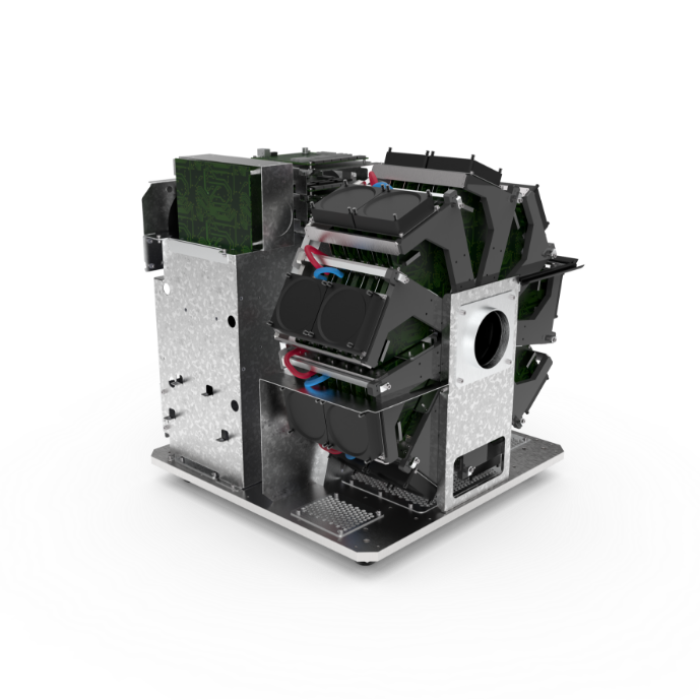Anti‐human PD‐L1 Nanobody for Immuno‐PET Imaging: Validation of a Conjugation Strategy for Clinical Translation
In this study, the in vivo evaluation of a new anti-human PD-L1 nanobody for immunoPET imaging is done as validation step for clinical translation. When evaluating immunotherapy, it is important to select the patients that will respond to the therapy. Molecular imaging (PET-CT or SPECT-CT) is a useful tool to select these patients by for example quantifying their PD-L1 expression levels in the tumor.
Research question
Immune checkpoints, such as programmed death-ligand 1 (PD-L1), limit T-cell function and tumor cells use this ligand to escape the anti-tumor immune response. Treatments with monoclonal antibodies blocking these checkpoints have shown long-lasting responses, but only in a subset of patients. This study aims to develop a Nanobody (Nb)-based probe in order to assess human PD-L1 (hPD-L1) expression using PET imaging, and to compare the influence of two different radiolabeling strategies.
Experiment
The Nb has been conjugated with the NOTA chelator site-specifically via the Sortase-A enzyme (method 1) or randomly on its lysines (method 2). PET-CT imaging was done to evaluate the biodistribution of the nanobodies.
Results
[68Ga]Ga-NOTA-(hPD-L1) Nbs were obtained in >95% radiochemical purity. In vivo tumor targeting studies at 1 h 20 post-injection revealed specific tumor uptake of 1.89 ± 0.40%IA/g for the site-specific conjugate, 1.77 ± 0.29%IA/g for the random conjugate, no nonspecific organ targeting, and excretion via the kidneys and bladder. Both strategies allowed for easily obtaining 68Ga-labeled hPD-L1 Nbs in high yields. The two conjugates were stable and showed excellent in vivo targeting. The PET/CT image of the animal bearing a hPD-L1POS tumor and injected with [68Ga]Ga-NOTA-(hPD-L1) Nbs confirms the low background at 1 h 20 p.i. and high uptake in the tumor lesion .
The 68Ga-labeled Nb is a promising PET imaging agent for future clinical assessment of PD-L1 expression and patient stratification. When compared to other PET probes in development, the radiolabeled Nb shows the lowest kidney uptake, enables imaging at early time points after injection, and provides high tumor-to-muscle and tumor-to-blood ratios in a preclinical model, thereby confirming its high potential for successful clinical applicability in the future.

